

Sound of time: the origins of the minute repeater
In every civilization ringing out the time was an absolute prerogative of civilian or religious institutions. And that is why having a way to do it within smaller confines does have a special meaning for the owner of such a timepiece.
This privilege also explains, no doubt, why collectors find this complication so captivating. However, when talking about minute repeaters two major questions arise. Firstly, who invented the complication, and, secondly, what prompted watchmakers to create such complex instruments for striking the hours. Here is some food for thought.
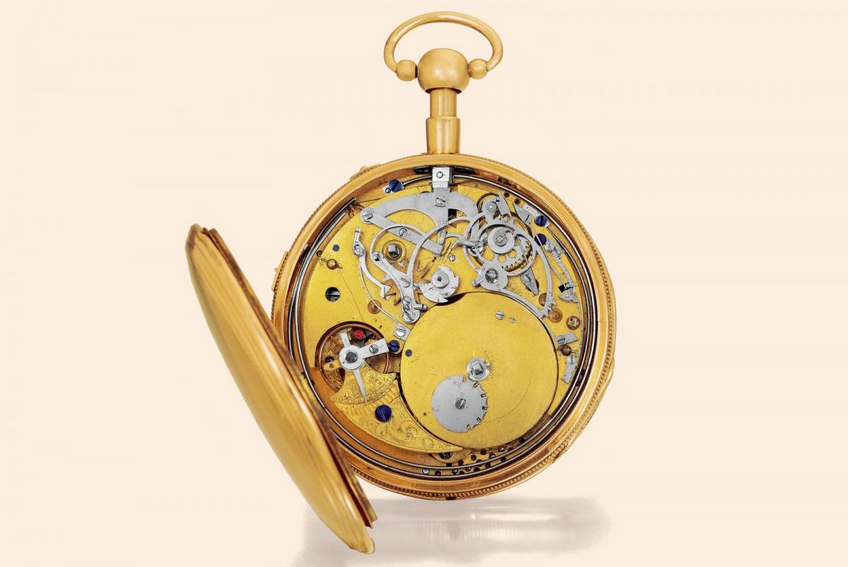
The origins
The most ancient minute repeater we know of until now is a piece produced around 1710 in Friedberg, Germany.
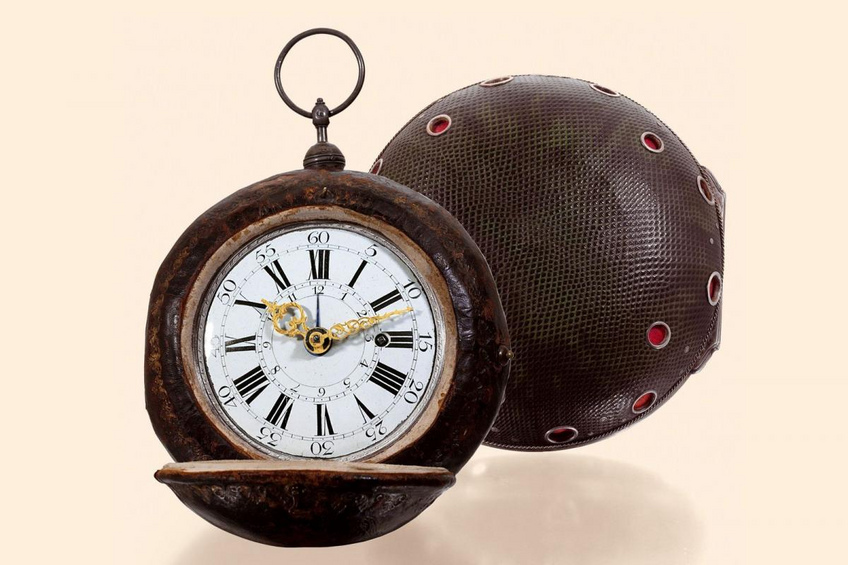
According to the authors of seminal works in horology, it was the English watchmaker Daniel Quare (1649-1724) who invented the minute repeater. This type of innovation undoubtedly aroused the interest of the elites and prompted the proliferation of further developments. Thomas Mudge (1715-1794) is said to have created an improved version of the minute repeater. He was the apprentice of George Graham and a contemporary of John Harrison, and became famous as the inventor of the lever escapement. Mudge’s minute repeater was a definite improvement, but this highly complicated mechanism was to undergo further refining in the workshop of the great Abraham-Louis Breguet, who developed gongs. Their thinness and location on the edge of the movement, made it possible to reduce the thickness of the cases and therefore give the pieces a perfectly contemporary and fashionable look.
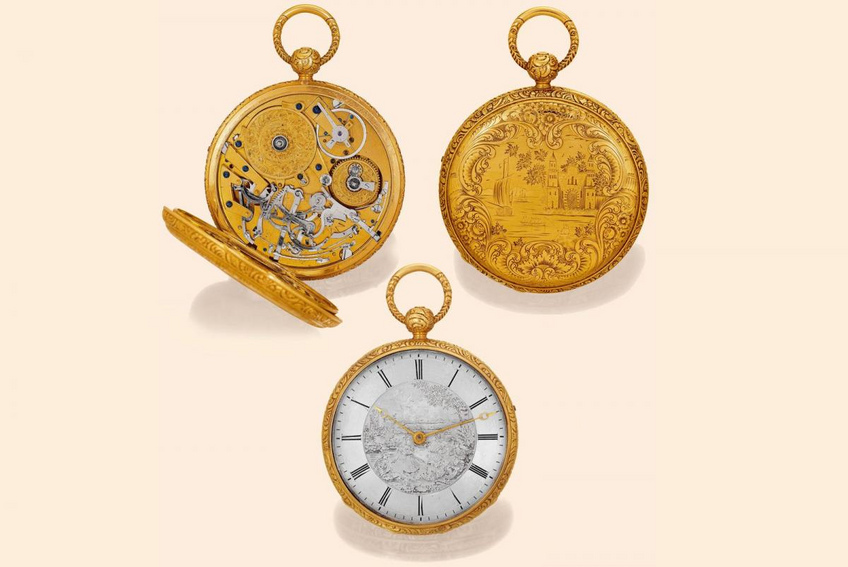
The voice of power
Many things have been written about the origins of the minute repeater. Most of these stories sound a little folkloric or even far-fetched. Some authors still believe that minute repeater watches were used to tell the time at nightfall before the invention of luminescent hands. This would suggest that they, the writers, are outstanding experts in mechanics but not well-versed in social sciences and the underlying values of the Age of Enlightenment.
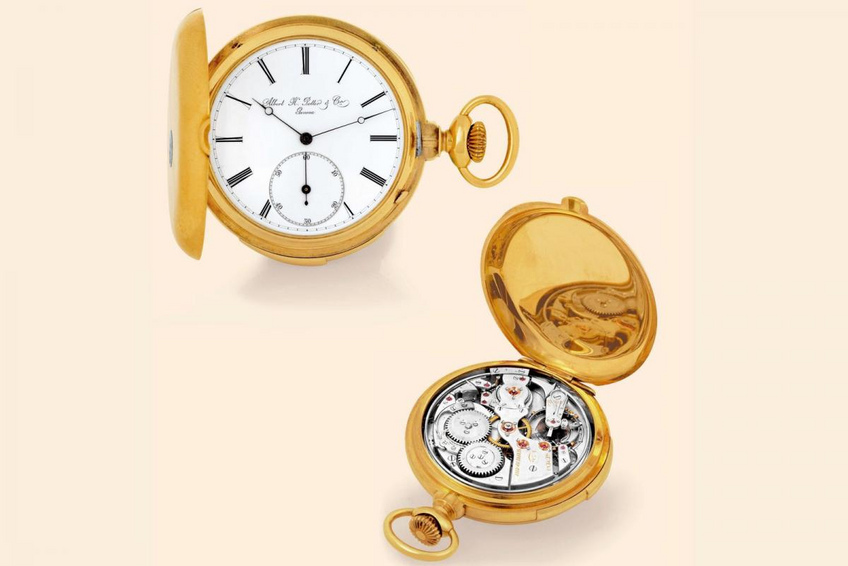
These notions are comical and fail to takethe habits of the past into consideration. To begin with, someone who could afford a minute repeater at the time did not sleep as we do nowadays. They would sleep in a half-seated position and their room would normally be bathed in the light of a candle (of wax or tallow, depending on income), which was placed near the bed. Plus, if there had been no night table or light in the room, the owner of such a precious piece would have been forced to feel about in the dark for the watch and risk breaking it by accident. All that to see a time he or she could hear anyway thanks to the different cartel clocks in the house.
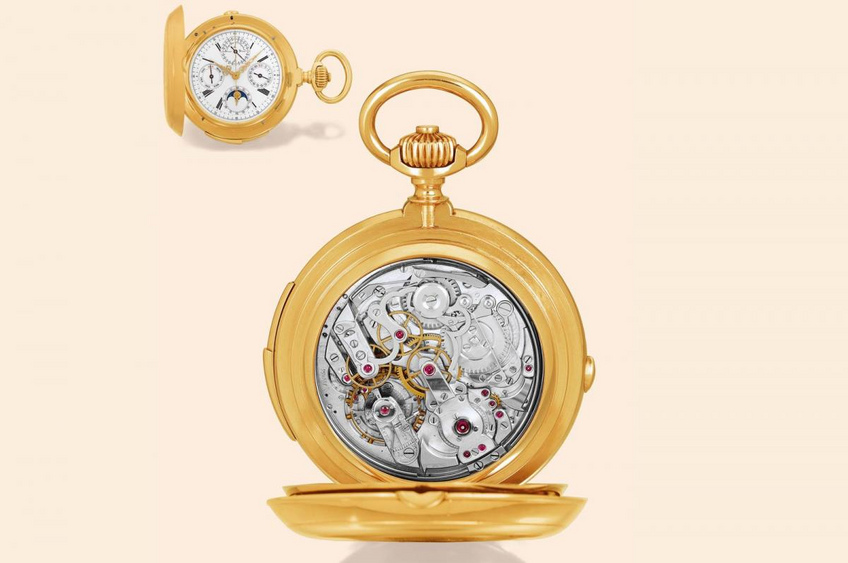
No, the interest in minute repeaters is much more rational. These instruments are complicated to manufacture and constitute the miniaturization of a privilege otherwise reserved for political and religious institutions only. Indeed, the materialization of time and sequencing of days through sound has been the physical expression of civilian or religious power since ancient times. As a result, any means of telling the time using sound is intuitively considered a symbol of power.
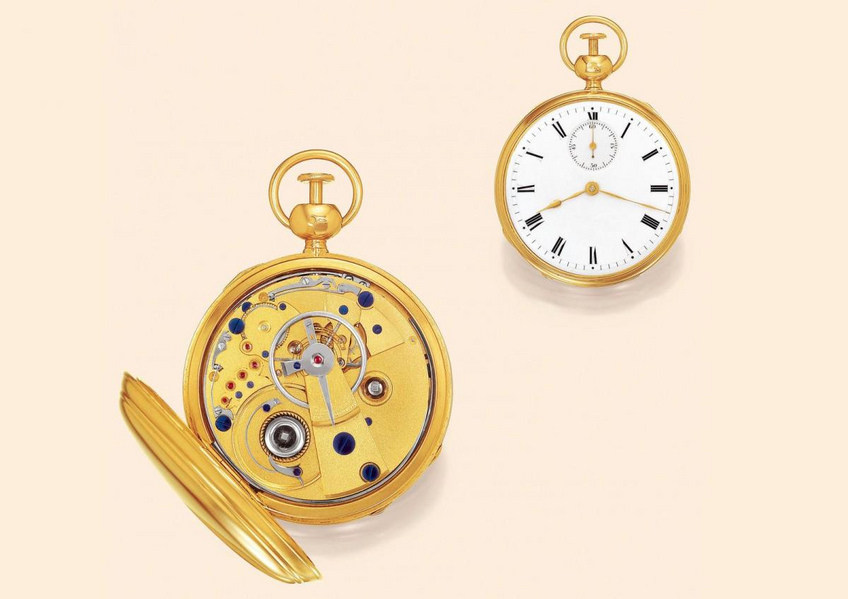
For a long time as well, common knowledge had it that the repeaters were a used by better society as a way to discreetly know the time. This was far from being the case. Watchmakers had in fact developed montres à toc (“dumb” repeater watches), which gave the time by vibrations, or montres à tact for blind people who would use their tactile sense to know the time. Actually, the striking-mechanism – both now and then – had to be audible to most and pleasant to the ear so its owner would want it to be heard by many people, either at a salon or at a game parlor. Back then, the notes could express different things, such as boredom, a certain level of wealth, or the desire to attract attention to oneself. As it turns out, people's motivation to buy this sort of timepiece in the past was not so different from their motivation today.
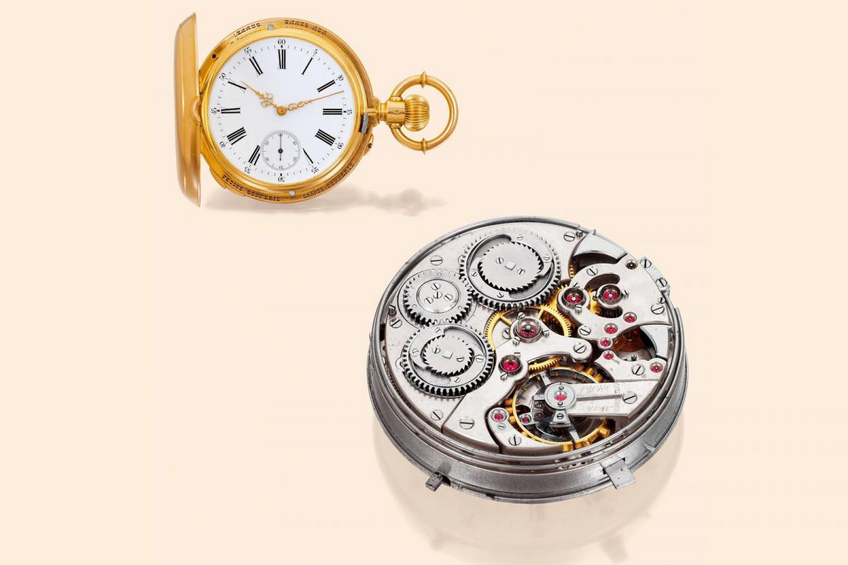
Sound appreciation
Sound quality is an almost universal value and when it comes to notes, the ear can almost never accept something that is just an approximate. Hence, it is imperative that the tones be quite rich. A minute repeater is, in fact, much more than just a beautiful mechanical assembly.
What it shares with great musical instruments is the fact of being a work of art whose magic springs from the auditory emotion they produce.



